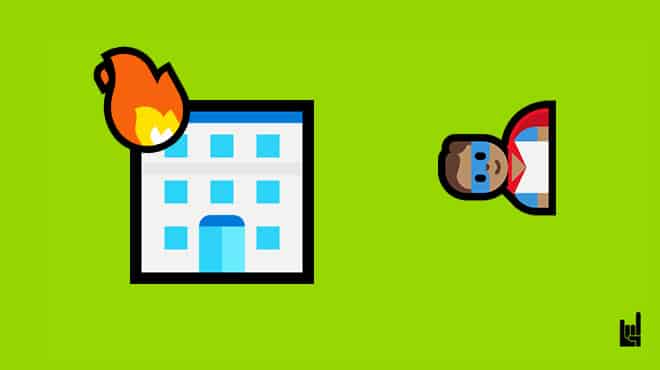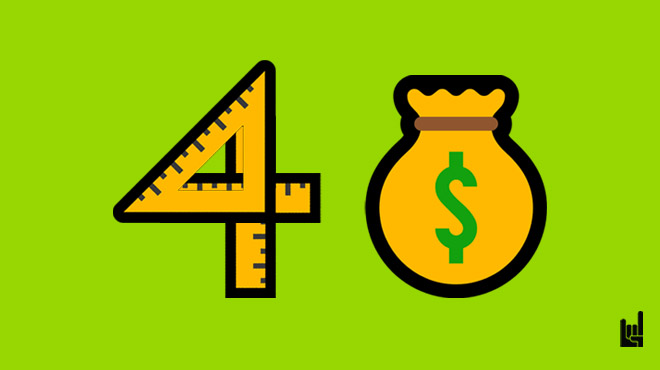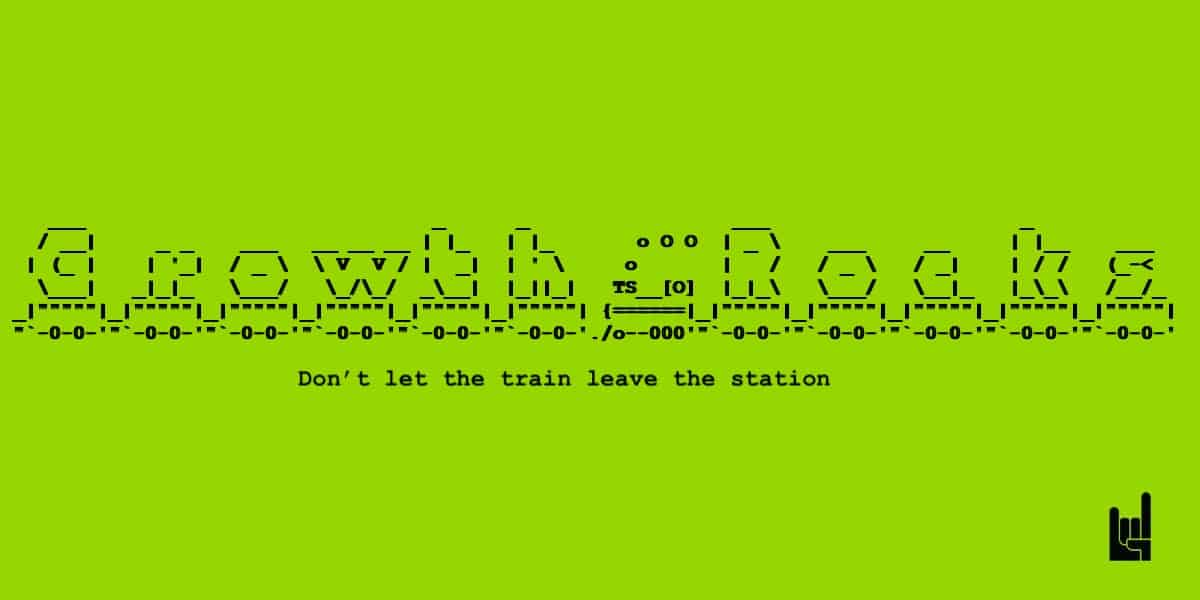An inbound marketing stack works as an integrated, autonomous ecosystem consisted of lead capturing & nurturing mechanisms that communicate with each other.
This continuous communication ensures that the user will receive the suitable content (either it’s a series of emails or sales calls etc.) that will eventually convert them into paying customers.
We receive many questions about how someone can build an Inbound marketing stack for their business. Recently we set up a stack like this for one of our clients, TicketingHub.
TicketinHub, as its name claims, is a ticketing service. By implementing their script on your page, you add to your website the ability to sell tickets.
Since their traffic isn’t bad at all, they needed a solution for turning those visitors into leads and ultimately into customers.
The Process
At the heart of every Inbound Stack Process lies the main Website. All peripheral components serve the user inbound flow, in order to make conversions more efficient.
The website visitor can interact in three different channels inside the TicketingHub website:
- Through the green “Request Demo” buttons.
- Chat window.
- Through an exit intent pop-up.
Before we implemented anything, we prepared a blueprint that included all the elements consisting the stack.
It looked something like this:
“Request Demo” Buttons
These buttons lead the user to the external Instapage, “Request Demo”, landing page, in which the user fills out a form and sends the request for a personal meeting in order to receive the demo of the app.
We used Instapage as it allows you to build any page quickly and comes with many integrations. You can bring things to life in a blink of an eye.
So, the data from the form are transferred via Zapier, to Drift, Autopilot, and Pipedrive (CRM).
In the meantime, Hotjar heat maps are set to track user interaction on the landing page.
Heat maps provide us with information that could be valuable in terms of optimizing UX and understanding the features that people seem to like the most.
After the Request Demo page, users are redirected to the Schedule Demo page to book their demo meeting via Calendly. If they don’t book a meeting within 1 day, Autopilot starts the Schedule Demo flow, starting with a kind reminder.
A sequence of 3 emails in the period of a week, triggering the user to schedule the demo. At the end of the week, Carl is being notified to outreach personally via phone call.
Chat Window
Why live chat?
Because people like it. We use one on our own website and people engage with it. A lot.
A study by Forrester Research found the following:
“44% of online consumers say that having questions answered by a live person while in the middle of an online purchase is one of the most important features a Web site can offer.”
In TicketingHub’s occasion, we are communicating and engaging with the website visitors (triggering a conversation, answering questions, offering help and relevant content/resources) based on user behavior using Drift.
Firstly, Drift welcomes the first time visitors with the quote “Looking to sell tickets online?”.
If the user responds and the administrator is online then they interact instantly in order to book meeting etc.
In case the admin is offline, automated messages are shown and ask the user to give a contact email so he/she can receive an email later. If the visitor provides a contact email, then the data are stored to Drift (automatically) and Pipedrive (manually, as there’s no Zapier automation for that).
If the visitor doesn’t interact with the welcome message but stays on the website, a new Drift pop-up is shown after 60secs and triggers he/she to interact with the quote: “I have a question for you…”.
This message intends to trigger a conversation with the user asking her to give more info about her business.
Exit Intent Pop Up
If the user still does not respond and tries to exit the website he gets a page takeover pop up from Sumo where he/she will be asked if still interested in booking a demo/meeting.
The user follows the same process described above, by being redirected to a landing page (Instapage) filling out the form, etc.
In this scenario, where the user exits the website without interacting to any of the above actions but returns some time later and this behavior is tracked by Drift, then he/she gets a new message from Drift calling for Demo Scheduling without other messages.
Then the process is the same as the one described above.
Managing Leads
According to Hubspot, of the leads created by an effective Inbound Marketing approach between 50% and 90% of leads will never become qualified in any fashion.
That means that the development of an effective lead management process is crucial to maximize the ROI of your lead generation efforts.
Managing leads and deploying automated campaigns
All the leads collected through the Inbound mechanisms will be transferred to Drift. We will then be using Drift & Zapier to set up rules and automated actions based on user behavior, like scheduling and sending nurturing and any other sort of campaigns (informative, sales, etc.).
Drift will allow us to essentially turn website visitors into informed leads, until they are ready to be treated on a one-to-one basis, manually.
Managing hot/qualified leads manually
When a lead becomes qualified (reaches a specific score/status) inside Drift, they will be transferred to Pipedrive, where they can be handled on an individual basis.
Pipedrive gives you the ability to record all conversations with a lead, assign and monitor their lead score, move them through different stages on the way to actually purchasing our service, etc.
Customer data analytics
Data is precious. Apart from being a source of inspiration for your experiments, going further down the rabbit hole by tracking visitor activity acts as a leverage for your automations.
In case you haven’t already, you should implement the Google Tag Manager script on your website and start tracking all the activity on your website.
All the events triggered by customers/leads (e.g. viewing the website, the landing pages, clicking on a button, or performing some action on our app or site) will be collected via Google Tag Manager.
Then they are passed over to all the services we are using on the Inbound stack, serving as a central hub for customer data and enabling us to provide accurate and complete customer data analytics.
Conclusion
There you have it!
I just handed you a real life example of an Inbound Marketing stack. Based on the same logic, you can build yours, using the tools that you can get the most out of.
I would love to know how you’ve built your Inbound Marketing stack (if you have one), or how you would approach this process.
Cheers 🙂
Theodore has a 20-year experience in running successful and profitable software products. During his free time, he coaches and consults startups. His career includes managerial posts for companies both in Greece and abroad and he has significant skills on intrapreneurship and entrepreneurship.
![How To Build An Inbound Marketing Stack [A Real Life Example]](https://growthrocks.com/wp-content/uploads/2017/06/20327493-1024x743.png)
![How To Build An Inbound Marketing Stack [A Real Life Example]](https://growthrocks.com/wp-content/uploads/2017/06/56619406.png)
![How To Build An Inbound Marketing Stack [A Real Life Example]](https://growthrocks.com/wp-content/uploads/2017/06/4847160.png)
![How To Build An Inbound Marketing Stack [A Real Life Example]](https://growthrocks.com/wp-content/uploads/2017/06/92493814.png)
![How To Build An Inbound Marketing Stack [A Real Life Example]](https://growthrocks.com/wp-content/uploads/2017/06/25592979.png)
![How To Build An Inbound Marketing Stack [A Real Life Example]](https://growthrocks.com/wp-content/uploads/2017/06/33411885.png)
![How To Build An Inbound Marketing Stack [A Real Life Example]](https://growthrocks.com/wp-content/uploads/2017/06/53434377-1024x369.png)





2 Responses
Nice and straight forward blueprint. Good job.
Hey Gianni,
Thank you for taking the time to leave a comment 🙂
What are you up to lately?